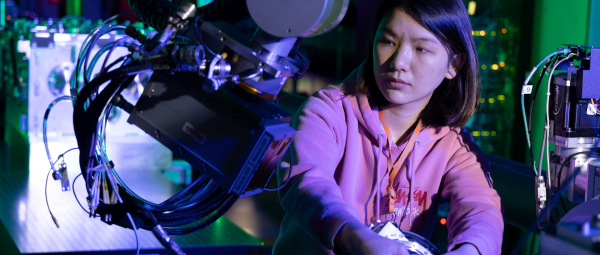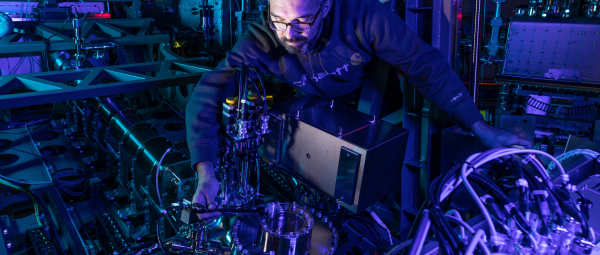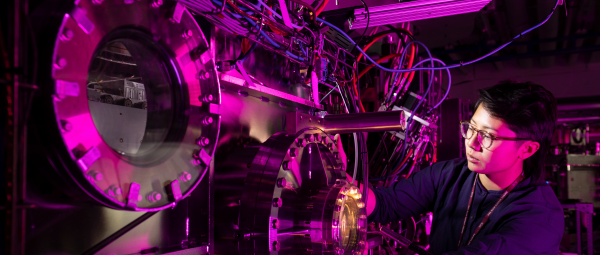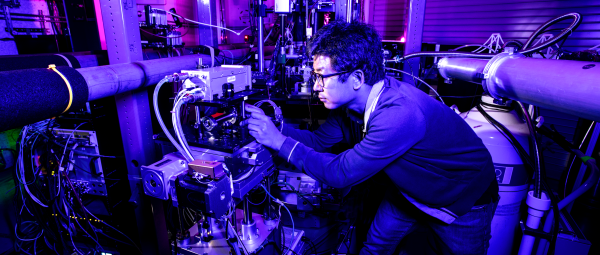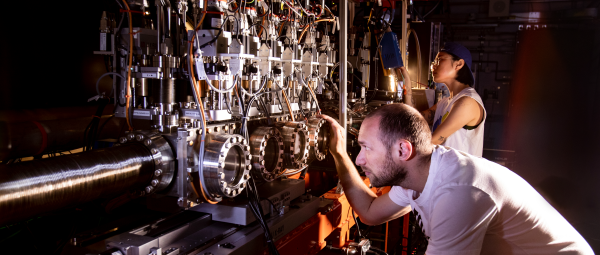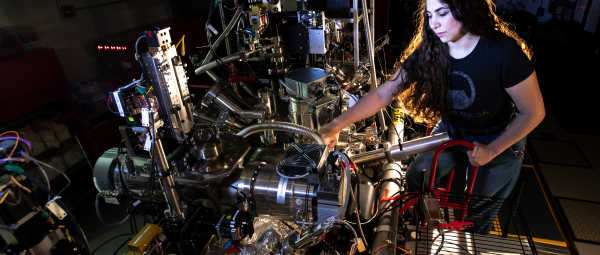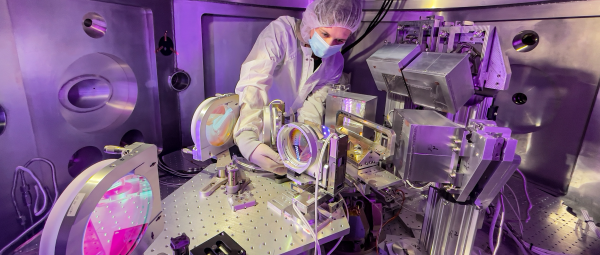Instruments
LCLS features seven specialized instrument hutches, each with a dedicated team of scientists and support staff, to conduct pioneering research and assist users with experiments.
Each hutch is equipped with a suite of instruments to assist in gathering a wide range of data using various specialized techniques, from telltale signatures of electrons and ions to the intricate patterns left by crystallized samples struck by the X-ray laser.
Near Experimental Hall (NEH)
Hutch 1.1
TMO (Time-resolved AMO)
The TMO instrument delivers intense ultra-short X-rays pulses from the FEL using variable gap soft X-ray undulators.
Instrument Lead
James Cryan
Hutch 1.2
TXI (Tender X-ray Imaging)
The TXI offers a unique capability to combine X-rays from two independent FELs. This opens up new fields of nonlinear X-ray science, two-color X-ray pump, and X-ray probe methods.
Instrument Lead
Andy Aquila
Hutch 1.3
XPP (X-ray Pump Probe)
The XPP instrument uses ultrashort optical laser pulses to generate transient states of matter that subsequently probed by LCLS hard X-ray pulses.
Instrument Lead
Takahiro Sato
Hutch 2.2
chemRIXS
The chemRIXS instrument targets studies of samples in solution using both tunable monochromatic soft x-rays and optical laser pulses.
Instrument Lead
Kristjan Kunnus
Hutch 2.2
qRIXS
The qRIXS instrument captures rare chemical events, characterize fluctuating heterogeneous complexes, and reveals quantum phenomena in matter only possible with X-ray lasers.
Instrument Lead
Georgi Dakovski
Far Experimental Hall (FEH)
Hutch 4
XCS (X-ray Correlation Spectroscopy)
The XCS instrument observes dynamical changes of large groups of atoms in condensed matter systems over a wide range of time scales.
Instrument Lead
Matthieu Chollet
Hutch 4.5
MFX (Macromolecular Femtosecond Crystallography)
The MFX instrument used short pulses of X-rays to limit damage to samples during the exposure.
Instrument Lead
Leland Gee
Hutch 5
CXI (Coherent X-ray Imaging)
The CXI instrument takes advantage uses extremely bright, ultrashort LCLS pulses of hard X-rays to allow imaging of non-periodic nanoscale objects.
Instrument Lead
Meng Liang
Hutch 6
MEC (Matter in Extreme Conditions)
The MEC instrument observes matter at temperatures exceeding 10,000 Kelvin and at pressures 10 million times the earth's atmospheric pressure at sea-level.
Instrument Lead
Eric Galtier



